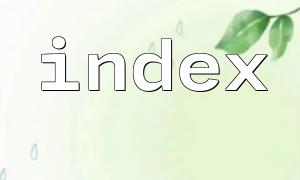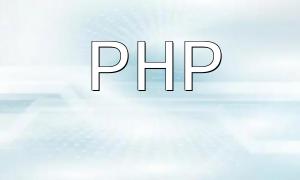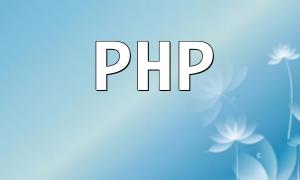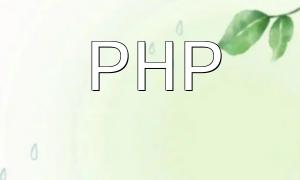With the widespread use of web applications, security concerns have increasingly come to the forefront. Handling user sessions (Session) is a common requirement in web application development. PHP provides a convenient session management mechanism—Session. However, there are certain security vulnerabilities in Session management, particularly related to cross-domain and cross-site scripting (XSS) attacks.
A cross-domain attack (Cross-Domain) refers to a security vulnerability where an attacker can obtain sensitive user information from another domain through a security flaw in one website.
The browser’s same-origin policy (Same-Origin Policy) usually limits interactions between webpages from different domains. However, in certain situations, servers may allow cross-domain access, which can lead to potential security issues.
In PHP, the Session ID is typically stored in a cookie named PHPSESSID. By default, the domain for this cookie is the server's domain name. However, for convenience, developers may set the cookie domain to a wildcard (e.g., .example.com) so that the Session can be accessed across multiple subdomains. This means that if an attacker manages to inject malicious scripts into a page on one subdomain, they may be able to exploit this shared Session.
To avoid this issue, it is recommended to configure the Session's cookie to be valid only for the current domain. This can be achieved by setting the session.cookie_domain, as shown in the example below:
<?php
session_set_cookie_params(0, '/', $_SERVER['HTTP_HOST'], false, true);
session_start();
?>
With this configuration, even if there is a vulnerability on other subdomains, attackers won't be able to exploit this Session.
Cross-Site Scripting (XSS) occurs when an attacker injects malicious scripts into a website, which are executed when users visit the page. The attacker can exploit these scripts to steal user information or perform other malicious actions.
In PHP, the key to preventing XSS attacks is how to securely handle user input. Directly outputting user input to a webpage is highly dangerous, as it may contain malicious scripts. Therefore, it is crucial to filter and escape user input before rendering it on the page.
PHP provides several functions to help mitigate XSS attacks. The htmlspecialchars function, for example, converts special characters into HTML entities to prevent script injection. Additionally, the strip_tags function removes HTML tags from user input to further enhance security.
Here's a simple example of how to handle user input safely:
<?php
$input = $_POST['input'];
// Use htmlspecialchars to escape special characters
$input = htmlspecialchars($input);
// Remove HTML tags from user input
$input = strip_tags($input);
echo $input;
?>
In this example, we first use htmlspecialchars to escape special characters in user input, then use strip_tags to remove all HTML tags, and finally output the sanitized input.
PHP's Session management plays a critical role in mitigating both cross-domain and XSS attacks. By properly configuring the Session cookie domain and securely handling user input, these security risks can be effectively avoided. Protecting user-sensitive information is key to ensuring the security of web applications.
Related Tags:
Session








